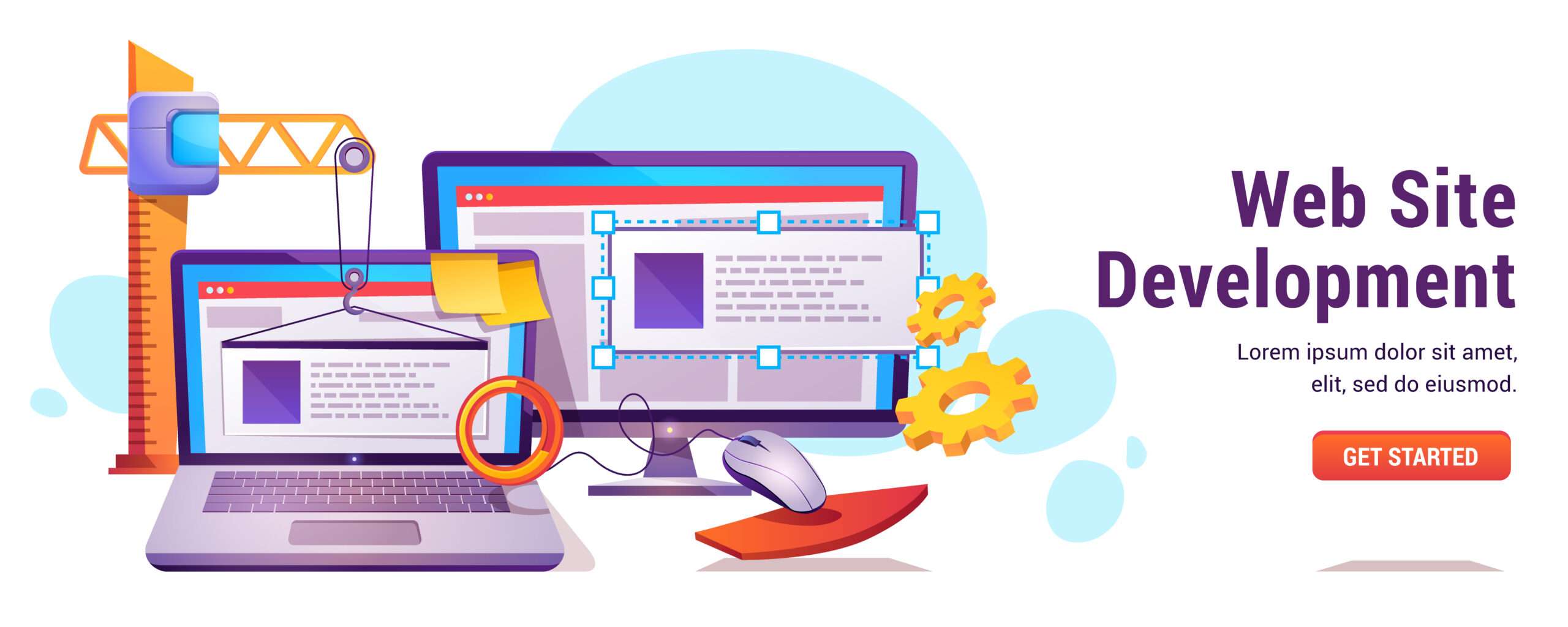Introduction
Designing a memorable logo is a crucial step in establishing a strong brand identity. A logo serves as the visual cornerstone of a brand, encapsulating its values, mission, and personality in a single, easily recognizable symbol. In today’s competitive market, a well-designed logo can set a brand apart, creating an immediate and lasting impression on its audience. This introduction will explore essential tips for crafting a logo that not only stands out but also resonates deeply with its target audience, ensuring a lasting impact and a strong brand presence.

Creating Designing brand awareness is a duty in which pathway?
Creating brand awareness through a human-centered approach involves focusing on authentic, meaningful interactions with your target audience. This pathway emphasizes understanding and connecting with people on a personal level, rather than relying solely on traditional marketing tactics. Here’s how you can create brand awareness through a Designing:
Engage in Genuine Conversations Designing
Build Relationships: Focus on creating real, two-way conversations with your audience. Engage with them through social media, forums, and community events, showing that you value their opinions and feedback.
Personalize Interactions: Tailor your communications to address individual needs and preferences, making each interaction feel personal and relevant.
Provide Value-Driven Content
Educate and Inform: Create content that educates, informs, or entertains your audience. Share valuable insights, tips, or stories that align with their interests and needs.
Solve Problems: Address common pain points or challenges faced by your audience, positioning your brand as a helpful resource.
Leverage Influencer Partnerships
Collaborate Authentically: Partner with influencers or thought leaders who genuinely align with your brand values. Their endorsement can lend credibility and amplify your reach in an authentic manner.
Build Long-Term Relationships: Focus on creating lasting partnerships rather than one-off promotions, fostering genuine connections with influencers and their followers.
Foster Community Engagement
Participate in Communities: Join and contribute to relevant communities, both online and offline. Show that you are actively involved and committed to the community’s well-being and interests.
Host Events and Activities: Organize or sponsor events that resonate with your audience, creating opportunities for face-to-face interactions and building brand loyalty.
Share Stories and Experiences
Highlight Customer Stories: Share real stories and testimonials from your customers, showcasing how your brand has positively impacted their lives.
Showcase Behind-the-Scenes Content: Offer a glimpse into your brand’s culture, values, and day-to-day operations, helping your audience connect with your brand on a more personal level.
Be Transparent and Authentic
Communicate Openly: Maintain transparency in your communications, being honest about your brand’s values, goals, and practices. Authenticity builds trust and strengthens brand credibility.
Address Concerns: Actively listen to and address any concerns or criticisms from your audience, demonstrating a commitment to improvement and customer satisfaction.
Create a Consistent Brand Experience Designing
Ensure Consistency: Maintain a consistent brand voice, message, and visual identity across all touchpoints. This consistency helps reinforce brand recognition and builds a cohesive brand image.
Deliver on Promises: Ensure that your brand’s actions align with its promises and values. Consistently delivering on your brand’s commitments reinforces trust and reliability.
By prioritizing genuine engagement, value-driven content, and authentic relationships, you can create meaningful brand awareness that resonates deeply with your audience and fosters lasting connections.
When a company launches a new product line with an existing brand name, it is creating?
When a company launches a new product line using an existing brand name, it is creating a brand extension.
Designing Brand Extension
Definition: Brand extension occurs when a company uses an established brand name to introduce a new product or product line that is different from the original products but still falls within the same overarching brand identity. This strategy leverages the existing brand’s reputation, recognition, and customer loyalty to gain acceptance for the new products.
Benefits:
Leveraged Brand Equity: The new product benefits from the established brand’s credibility and positive associations, which can lead to faster acceptance and reduced designing marketing costs.
Increased Market Reach: A successful brand extension can help the company enter new market segments or product categories with a familiar name.
Enhanced Customer Loyalty: Existing customers may be more likely to try the new product due to their trust in the brand.
Examples:
Coca-Cola launching Diet Coke as a brand extension of its original Coca-Cola beverage.
Apple introducing the iPad as an extension of its successful iPhone and Mac product lines.
Brand extensions can be a strategic way to capitalize on an existing brand’s strength, but they must be carefully managed to ensure that the new products align with the brand’s core values and do not dilute the original brand’s identity.
Which of the following is a successful internal marketing tactic for creating a brand?
Successful internal marketing tactics for creating a brand involve strategies that focus on aligning and engaging employees with the brand’s values, mission, and goals. These tactics ensure that employees understand and advocate for the brand, leading to a more cohesive and authentic brand experience. Here are a few effective internal marketing tactics:
Employee Brand Designing Training
Brand Workshops and Seminars: Conduct training sessions to educate employees about the brand’s mission, values, and messaging. This helps ensure that everyone understands the brand’s identity and can convey it consistently.
Onboarding Programs: Integrate brand education into new employee onboarding processes to immerse them in the brand from the start.
Internal Communication Channels
Brand Newsletters: Regularly share updates about the brand’s progress, achievements, and initiatives through internal newsletters or communication platforms.
Intranet and Internal Forums: Use internal digital platforms to keep employees informed about brand-related news and encourage discussions about the brand’s designing goals and values.
Employee Engagement Initiatives
Brand Ambassadors: Identify and empower employees to act as brand ambassadors who promote the brand internally and externally.
Recognition Programs: Implement programs that recognize and reward employees for exemplifying brand values and contributing to brand success.
Inclusive Branding Efforts
Collaborative Branding Projects: Involve employees in brand-related projects, such as brainstorming sessions or focus groups, to gather their insights and foster a sense of ownership.
Feedback Mechanisms: Establish channels for employees to provide feedback on brand initiatives and share their ideas for enhancing the brand.
Consistent Brand Messaging
Align Internal Messaging: Ensure that internal communications reflect the brand’s external messaging, maintaining consistency across all touchpoints.
Brand Storytelling: Share stories and examples of how the brand’s values are being lived out within the company to reinforce the brand’s impact and importance.
Cultural Alignment
Foster a Brand-Centric Culture: Create a company culture that embodies the brand’s values and encourages employees to align their behaviors with the brand’s identity.
Leadership Role Modeling: Ensure that leaders and managers consistently demonstrate brand values in their actions and decisions, setting an example for the rest of the organization.
Conclusion
Successful internal marketing for creating a brand focuses on educating, engaging, and aligning employees with the brand’s identity. By implementing these tactics, companies can ensure that their internal team supports and enhances the brand, contributing to a unified and authentic brand experience.
When creating a brand map, a word cloud is always more useful than a table?
When creating a brand map, choosing between a word cloud and a table depends on the purpose and the information being conveyed designing. Each has its own strengths and applications:
Word Cloud
Pros:
Visual Impact: A word cloud visually emphasizes the most frequently mentioned terms or concepts related to the brand. This can quickly convey the core ideas and themes associated with the brand in a visually engaging way.
Highlighting Key Concepts: It helps in identifying and highlighting the most important or dominant words related to the brand’s identity, values, or attributes.
Cons:
Limited Detail: Word clouds provide a high-level overview but lack detailed context or structure. They may not capture the relationships between different elements or provide in-depth analysis.
Less Structured: They can be less effective for detailed analysis or when a clear, organized presentation of information is needed.
Table
Pros:
Structured Information: Tables provide a clear, organized format that allows for detailed comparison and analysis of different brand attributes, values, or elements.
Contextual Clarity: They allow for more detailed descriptions and explanations, which can be useful for understanding specific aspects of the brand and how they relate to one another.
Cons:
Less Visual Appeal: Tables can be less visually engaging compared to word clouds and might not immediately capture the attention or highlight key concepts as effectively.
Overwhelming for Simple Overview: For a high-level overview, a table may appear too detailed and structured, making it less suitable for quick visual impressions.
Choosing the Right Tool
Use a Word Cloud when you need a visual representation of the most prominent concepts associated with your brand and want to convey the frequency and prominence of key terms in an engaging manner.
Use a Table when you need to present detailed, structured information and want to provide context, comparisons, and relationships between different brand elements.
In summary, neither a word cloud nor a table is inherently better than the other; the choice depends on your specific needs and objectives for the brand mapping process. For a high-level, visually appealing overview, a word cloud is useful. For detailed analysis and structured information, a table is more effective.
What type of advertising appeal is aimed at creating a bond between the consumer and the brand?
The type of advertising appeal aimed at creating a bond between the consumer and the brand is known as emotional appeal.
Emotional Appeal
Definition: Emotional appeal in advertising seeks to connect with consumers on an emotional level, fostering a deeper relationship between them and the brand. This approach leverages emotions such as happiness, nostalgia, love, fear, or pride to create a meaningful connection and influence consumer behavior.
Characteristics:
Emotional Resonance: It focuses on eliciting specific emotions that align with the brand’s values and message, making the brand more relatable and memorable.
Building Connection: By tapping into emotions, advertisers aim to establish a personal bond with consumers, encouraging brand loyalty and affinity designing.
Storytelling: Often involves storytelling that evokes emotions and creates a narrative that consumers can relate to, enhancing the brand’s appeal and presence in their minds.
Examples:
Charity Campaigns: Ads that show heartfelt stories or the impact of donations on individuals in need.
Nostalgia: Ads that evoke fond memories of the past, creating a sentimental connection with the brand.
Feel-Good Moments: Advertisements that depict happy or uplifting scenarios, aiming to associate positive emotions with the brand.
Benefits:
Enhanced Brand Loyalty: Emotional connections can lead to stronger brand loyalty as consumers feel a personal attachment to the brand.
Increased Recall: Emotional appeal can make advertisements more memorable, leading to better brand recall and recognition.
Influence on Decision-Making: Emotions can significantly influence purchasing decisions, often more powerfully than rational arguments or features alone.
Overall, emotional appeal is a powerful advertising strategy that focuses on creating a strong, positive bond between consumers and the brand by engaging their emotions and building a lasting connection.






